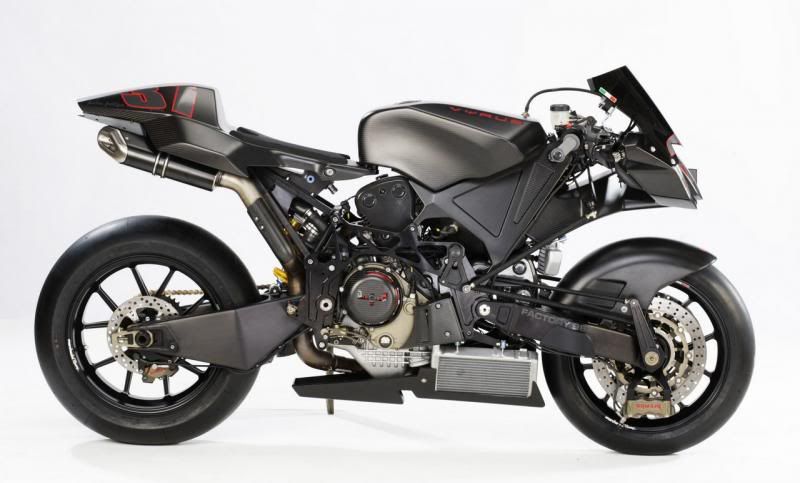Geezer
Parsimonious Curmudgeon
Reminds me of this:




I agree, sometimes KISS is best.Thanks, that answers my question. It sounds like the angle of the shaft is too great for a single u-joint. I think I prefer the way the FJR does it; simpler, less expensive, and more reliable.The BMW uses 2 links to locate the rear diff. These 2 links create a virtual swing arm whose length and center can be ascertained by drawing a center line through each link as seen in the side view. Where these 2 lines cross is the center of the virtual swing arm. By playing with the relative angles of the 2 links you can create a long virtual swing arm that is resistant to jacking and you can move the virtual center where ever to mitigate lifting under braking and other unwanted movements caused by various dynamic forces. The trade off is the rear diff is not pointed at the output end and therefore needs a second u-joint to allow for this. It also means that the front ujoint plunges back and forth on the front splines.AS I understand the first two posts, the Beemer requires two u-joints. As a benefit of that, the two u-joints help cancel out the oscillation that is caused by a single u-joint when it is not perfectly straight. I get that. I also get that the Paralever requires a varying length drive shaft.
But, I don't really get why a variable length drive shaft requires two U-joints. And, based on how reliable the FJR is, with no noticeable effect of the oscillation caused by the single u-joint, why BMW would design the mechanism with two. Is the shaft shorter because it has a second u-joint? Or is the second u-joint needed because the shaft is short? Or, is the drive shaft at a more severe angle under normal use than the one in the FJR?